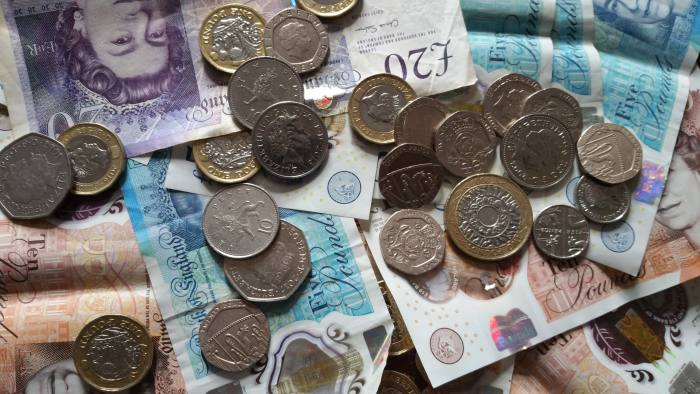
Anybody on a fixed income knows all too well that high inflation means a drop in living standards. So, the recent pickup in inflation has investors asking if we are on the verge of a new inflation era that justifies a new investment approach.
This leaves investors facing one of two risks, depending on what happens to inflation and how portfolios are positioned. The first risk is that investors fail to prepare for high inflation and find their income and wealth fall in real terms.
The second risk is that investors mistakenly prepare for higher inflation only to find that it stays low, and they suffer unusually large losses in the next economic and profits crisis because they have sold all of their defensive assets that can offset large equity losses.
So, what can we tell about the future of inflation from the latest data?
The recently released September CPI data shows 12-month CPI inflation of 3.1 per cent in comparison with 3.2 per cent in August.
The Bank of England has emphasised the temporary nature of many key contributors. These include base effects, which overstate the trend because they compare today's prices with the temporarily depressed price levels of August and July 2020.
Prime examples include the effect of government subsidies and tax cuts such as the Eat Out To Help Out scheme, which resulted in an effective reduction in actual prices paid for meals, but which has since been reversed.
Thus far, the BoE has not raised interest rates, with “upward pressure on CPI inflation expected to dissipate over time” based on their views about the easing of supply disruptions, rebalancing of global demand and the future path of energy prices.
Covid effects
It can also be argued that pandemic effects explain most of the really big price moves and that these are unwinding. As the pandemic took hold, lockdowns crippled incomes, spending collapsed and production halted. Prices fell or flatlined.
The easing of lockdowns then combined with vaccine roll-outs and government support to fuel a blazing recovery in demand at a time when there were shortages due to pandemic shutdowns.
This drove the spike in used-car sales, with the lack of semiconductors curtailing new car production. Container ship shortages and bottlenecks added a further constraint.
Labour market statistics have been heavily affected by the furlough scheme. Initially, it prevented the blowout in unemployment rates and plunging wages you would expect to see in a deep recession.
It did this by removing people from the workforce, but its unwinding has been swelling the workforce, dampening future wage increases, falls in unemployment rates and labour shortages.
The case can also be made that high inflation is becoming more likely, not less likely.
Central banks have tweaked their mandates to be more tolerant of inflation overshooting targets and have kept in place extreme levels of stimulus, even in the face of surging inflation pressures and economic rebounds.
The ingredients are present for a policy mistake with high levels of debt incentivising governments to keep interest rates as low as possible for as long as possible, in order to prevent a blowout in interest payments.





